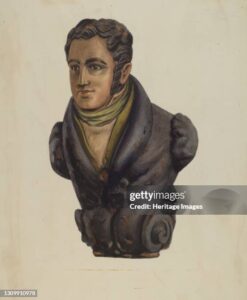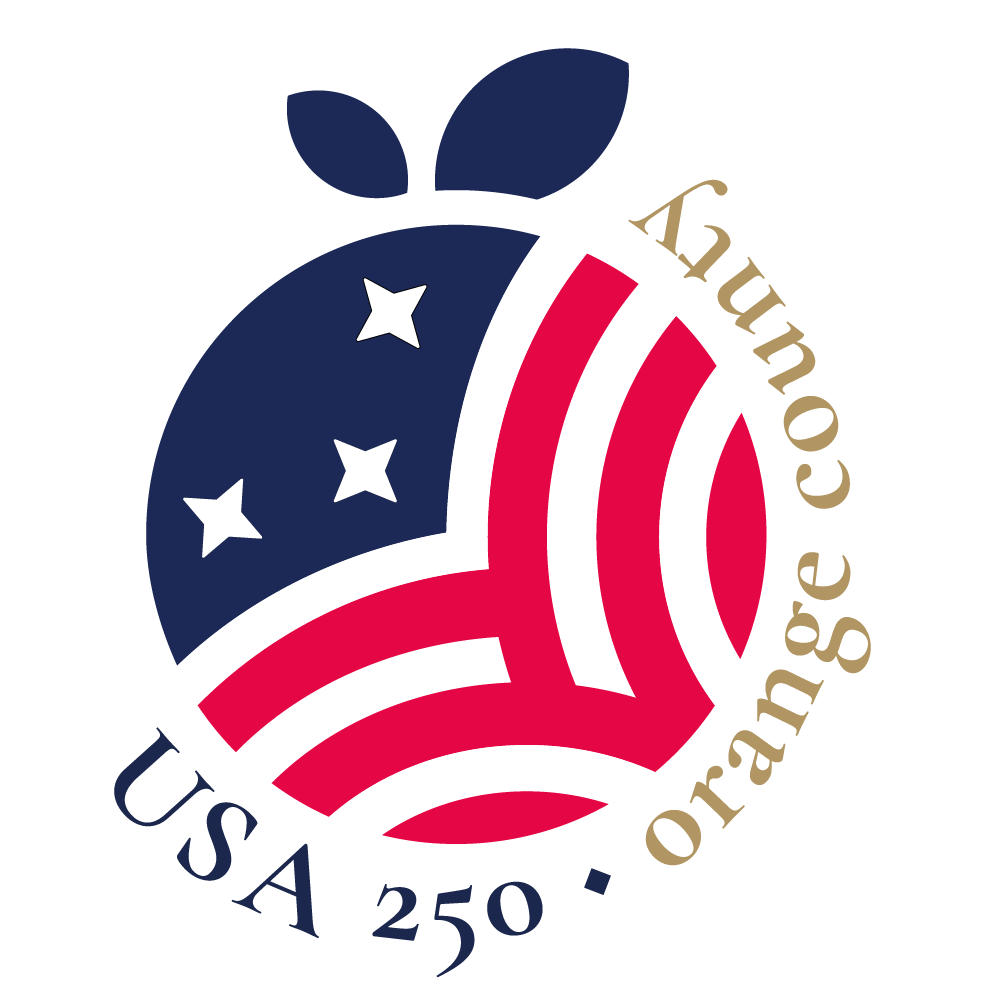
Figurehead from “Bartholomew Gosnold”, 1935/1942. Artist Unknown. (Photo by Heritage Art/Heritage Images via Getty Images).
George Washington is often called the “Father of our country.” James Madison earned the title of “Father of the Constitution.” But is there such a person as the “First Founder?” Is there someone who could actually deserve to be called the “First Founder” or at least the “First Grandfather?” Read the following, then you decide.
His name was Bartholomew Gosnold, born in Otley, Suffolk, England in 1571, to a prominent, well-connected family. After attending Jesus College in Cambridge, he studied law at the Middle Temple in London. There he met Richard Hakluyt, a clergyman, noted geographer and staunch advocate of British efforts to settle the New World.
Sometime during his young adulthood, Gosnold decided against a career in law in favor of a more exciting life as an explorer. Energized after a privateering voyage resulting in booty from a Spanish ship and in the aftermath of the ill-fated lost colony of Roanoke, Gosnold embarked on a plan to found a colony on the North American continent.
After enlisting Henry Wriothesley, third Earl of Southampton and patron of William Shakespeare, as his largest financial backer, Gosnold obtained a small ship called the Concord and began to recruit a crew. On March 26, 1602, Gosnold and thirty-one men sailed from Falmouth, twenty of them prepared to remain in the New World to plant the new colony.
Rather than setting course via the customary southern route through the Azores, Gosnold chose another uncharted but shorter route recommended by Hakluyt, pioneering a new route for British ships. Three weeks later, the crew sighted land off present-day Maine. Arriving at a position further to the north than planned, they began easing south along the coast, Gosnold naming landmarks along the way, including Cape Cod and the Elizabeth Islands. An island lush with berries and luxuriant foliage was named Martha’s Vineyard in memory of the death of Gosnold’s infant daughter.
Although they had begun to construct a small fort, Gosnold and his small crew decided to return to England. Concerned about tense encounters with Native Americans and the lack of sufficient supplies, they set sail for home on June 18 with a load of sassafras, cedar and furs as well as Gosnold’s determination to return.
For the next few years, Gosnold collaborated with businessmen, merchants and potential investors, promoting his plans for a larger expedition. Southampton continued to support Gosnold, but more was needed. Fortunately, after Queen Elizabeth died in 1603, her successor, James I, was enthusiastic about English exploration. On April 10, 1606, he issued the Virginia Charter of London, authorizing a new expedition to America, setting its geographic boundaries and defining its structure and regulations.
The new company selected Captain Christopher Newport, an experienced ex-privateer, to command the expedition., with Captain Bartholomew Gosnold as his second in command. Eight months later, one hundred forty-four men, including Gosnold’s friend and recruit John Smith, boarded the Susan Constant, the Godspeed, and the Discovery. In late April, 1607, they reached Chesapeake Bay and entered the security of the mouth of what they called the James River.
Once ashore, they opened a sealed private envelope containing the names of the seven men pre-selected by the Company to govern the colony, which was promptly named Jamestown. Among them were Gosnold and Smith. Tragically, by August 22, Gosnold was among more than twenty men who died of dysentery and malnutrition. He was only thirty-six years old.
Gosnold’s early death robbed him of his rightful place in history, a place to be filled by men such as John Smith. Nevertheless. Smith himself was among those acknowledging Gosnold as the “prime mover” of the Jamestown expedition and settlement. Is Bartholomew Gosnold worthy of being called our First Founding Father? You decide.
